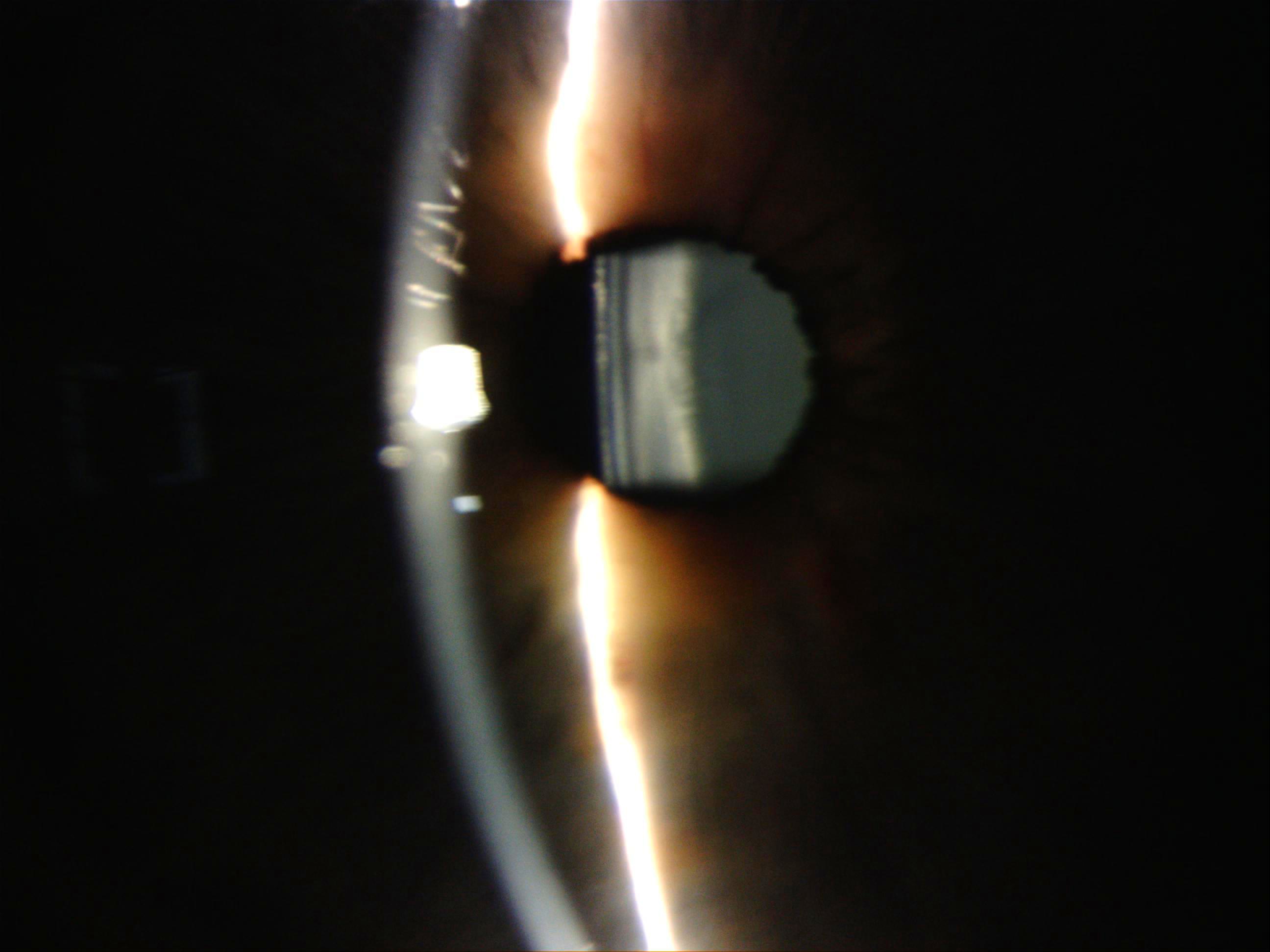
Posted 23/07/2018 09:23:35

This blog looks at the effects on vision of cataracts and when to go for surgery.
Cataracts, what they are and when to have surgery.
We have a lens in our eyes which is located just behind the iris, it has an effective power of around 14 dioptres. We use this lens to adjust focus from distance to near, such that a young person can focus from infinity to a point 8 centimetres away. This variable focus enables us to read the number on an approaching bus and also to thread a needle.
Fine so far, this lens is a bag of protein, like egg white and it gradually hardens with age. This means that the nearest point we can focus on recedes in a highly predictable fashion ,
9 cm at 20 years, 11 cm at 30 years, 20 cm at 40 years and 50 cm at 50 years.
Thus most of us near reading glasses in our late forties.
As the lens hardens with time it also becomes more opaque or cloudy, this cloudiness develops at very different rates, dependant on various factors such as environment, family history and general health.
Objective assessment of cataract involves trying to quantify haze, personally I have three grades, early cataract, moderate and marked. We use a slit lamp microscope for this, it projects a narrow beam of light into the eye causing light scatter at each layer like a torch in a smoky room and we observe this using a microscope. The picture above shows the slit beam focused on the lens in the plane of the pupil, showing a moderate cataract.
In reality it doesn't matter what the cataract looks like when considering surgery, what matters is how vision is effected.
Affect of cataract on sight
Increasing lens haze causes light scatter, particularly noticeable in low sun, in car headlights at night
and a loss of crispness of vision. The lens tends to absorb more blue light with time making colours seem washed out and more yellow, this is a gradual process so we only really notice the change after surgery as we emerge into a clearer brighter and more colourful world.
Continued haze eventually causes a decline in acuity, so that the test chart in an opticians is not only greyer but you also cannot see as far down the chart.
Generally speaking if you are a driver, when one eye falls below the legal level to drive it is time to consider surgery, waiting might mean being unable to drive if the other eye drops too.
There is no difference in outcome with early or late surgery so with non drivers it is important to consider other factors such as quality of life, ability to read or possibly find a window of opportunity if there are other health considerations. Cataract surgery is normally carried out under local anaesthetic and is over ninety percent successful, there is obviously some discomfort but really no worse than a trip to the dentist. It involves fragmenting and removing the core of the lens and replacing it with a synthetic one which sits in the lens capsule. This is done with micro surgery and usually takes about 20 minutes, you will be in and out within a morning.